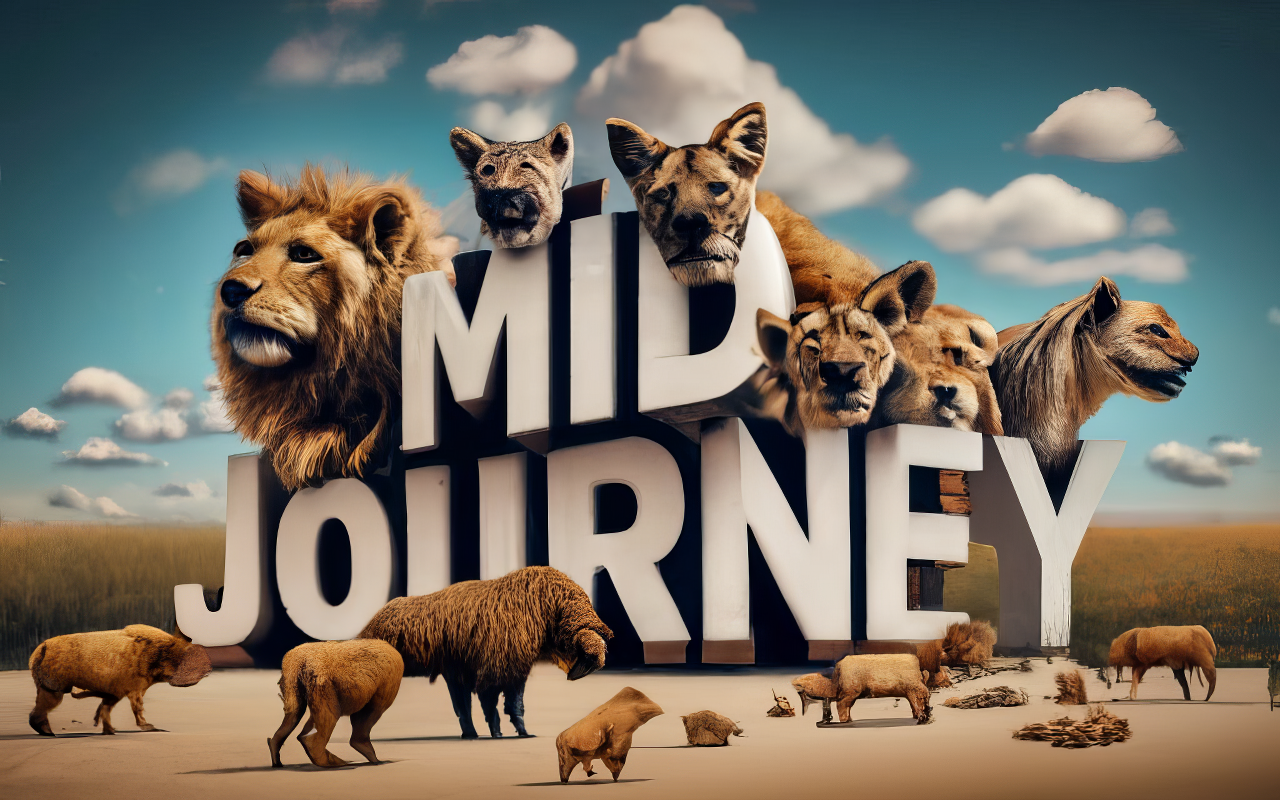
Midjourney – the preferred AI tool for (text to image) creators
Midjourney: The Revolutionary AI Image Generator
In the dynamic realm of digital art, AI image generators have carved out a significant niche, with Midjourney leading the charge. This tool has not only redefined the boundaries of visual creativity but also democratized art creation, allowing individuals without high-level artistic skills to craft visually appealing images through simple text prompts. Here, we delve deep into the world of Midjourney, exploring its features, benefits, and how to get started with this revolutionary tool.
Understanding Midjourney
Midjourney stands as a trailblazing AI image generator, transforming simple text prompts into stunning visuals. Leveraging advanced AI and machine learning algorithms trained on a vast dataset of images, it interprets textual prompts to create matching visuals, offering a unique platform for artists, graphic designers, content creators, and even individuals looking to enhance their social media feeds or personal projects.
Getting Started with Midjourney
To embark on your journey with Midjourney, ensure you have a Discord account, as the tool operates entirely on this platform. Visit the Midjourney website to join the beta version, which redirects you to a Discord invite. Once in, locate the newcomer rooms to start creating AI art. Initially, you have a limited number of free prompt options available during the trial period, allowing the creation of around 25 free images.
Creating and Refining Images
Creating art with Midjourney is as simple as typing a description in the Discord chat using the “/imagine” command. The AI then generates several image versions based on your description, offering an array of editing tools for refining the generated images, enhancing their quality, or adding a personal touch. You can upscale images to a larger, more defined version, or create new images based on existing ones, giving you a plethora of options to achieve the perfect visual representation for your ideas.
Unique Features and Benefits
Midjourney stands out for its ability to mimic specific artistic styles, offering a versatile tool for various users. It fosters creativity and innovation, making the image generation process more engaging and enjoyable. Moreover, it offers a collaborative environment through its unique integration with Discord, allowing users to create, share, and discuss their AI-generated images within a vibrant online community.
Comparison between Midjourney & Stability AI’s SDXL v 1.0
Comparisons with Other AI Tools
In the competitive landscape of AI image generators, Midjourney and SDXL 1.0 are two prominent tools that have been making waves in the industry. Here is a detailed comparison based on various parameters:
- Detail and Quality
- Midjourney: It is known for generating high-quality images with a focus on finer details, offering a platform where users can create pieces reminiscent of a particular era or style. It uses a combination of large language and diffusion models to deliver very high-quality images.
- SDXL 1.0: Developed by Stability AI, this open-source generative AI model can convert text prompts into images, promising “more vibrant and accurate” colors, and better contrast, lighting, and shadows compared to previous Stable Diffusion models. It can create full one-megapixel resolution pictures in seconds across multiple aspect ratios.
- Strengths and Weaknesses
- Midjourney: While it excels in many areas, it faces competition from SDXL 1.0, which has introduced features that closely rival Midjourney’s output.
- SDXL 1.0: It allows users to create custom images with less work, thanks to a new fine-tuning feature. However, it is currently in limited testing with some early access users. It also enables people to reconstruct missing parts of an image and extend existing pictures, showcasing a significant improvement over previous versions.
Controversies and Limitations
- Ethical Concerns: Both Midjourney and SDXL 1.0 face similar pitfalls as they can be used by bad actors to create harmful content, including nonconsensual deepfakes. Stability AI, the company behind SDXL 1.0, has emphasized its commitment to improving safety functionality and respecting artists’ requests to be removed from training datasets.
Midjourney, despite its innovative approach, has not been without controversy. Here are some of the issues it faces:
-
- Originality and Copyright Issues: The tool’s ability to mimic specific artistic styles has raised questions about the originality of its creations and potential copyright infringement issues. Critics argue that it modifies art found online, leading to accusations of stealing from artists.
- Public Accessibility and Privacy Concerns: Operating exclusively on Discord means that all images generated are publicly accessible, a factor that might deter users working on confidential or exclusive projects due to privacy concerns.
- Discord-Only Availability: The reliance on Discord for access has been a limitation, with users expressing a desire for a standalone application that doesn’t restrict them to a single platform.
Both Midjourney and SDXL 1.0 are powerful tools in the AI image generation space, each with its distinct strengths. While Midjourney offers high-quality images through a combination of large language and diffusion models, SDXL 1.0 promises vibrant and accurate images with improved functionalities.
Despite these controversies, Midjourney continues to be a popular choice, indicating that for many users, its benefits outweigh the potential drawbacks.
How to work with Midjourney
- Getting Started with Midjourney
- Sign up for Discord: Midjourney operates entirely on Discord, requiring users to have an account to use the service.
- Join the Beta: Users can join the beta version through the Midjourney website, which redirects them to a Discord invite.
- Creating AI Art
- Newcomer Rooms: Once on Discord, users find newcomer rooms to start creating AI art.
- Prompt Options: Initially, users have a limited number of free prompt options available during the trial period, allowing the creation of around 25 free images.
- Creating Prompts: Users create prompts using the “/imagine” command in the Discord chat, where they can describe the image they envision. The AI then generates several image versions based on the description.
- Refining Images
- Upscaling and Variations: Users have options to upscale images to a larger, more defined version, or create new images based on the existing ones.
- Editing Options: After upscaling, users can make variations on the image, upscale it to the maximum before downloading, or opt for a light upscale redo, among other options.
- Downloading Images
- Direct Messaging: Users can direct message the image to themselves, allowing them to save and download the image at their convenience.
- Subscription and Support
- Subscription: For frequent users, a subscription option is available, providing a greater list of commands and advice on creating images.
- Pricing and Subscription: For users keen on utilizing Midjourney extensively, various pricing options start from $10 per month for around 200 images, presenting an affordable choice for individuals and businesses alike. Serious users can opt for a subscription, providing a greater list of commands and advice on creating images.
Conclusion
Midjourney stands as a powerful contender in the AI image generation space, representing the future of AI art. Its user-friendly interface, coupled with its ability to transform simple text prompts into visually stunning images, makes it an invaluable tool in the digital art landscape. Whether you are an experienced artist or a novice, Midjourney offers a platform to explore your creativity and bring your visions to life, with the world of AI art generation just a text prompt away.
About The Author

Bogdan Iancu
Bogdan Iancu is a seasoned entrepreneur and strategic leader with over 25 years of experience in diverse industrial and commercial fields. His passion for AI, Machine Learning, and Generative AI is underpinned by a deep understanding of advanced calculus, enabling him to leverage these technologies to drive innovation and growth. As a Non-Executive Director, Bogdan brings a wealth of experience and a unique perspective to the boardroom, contributing to robust strategic decisions. With a proven track record of assisting clients worldwide, Bogdan is committed to harnessing the power of AI to transform businesses and create sustainable growth in the digital age.
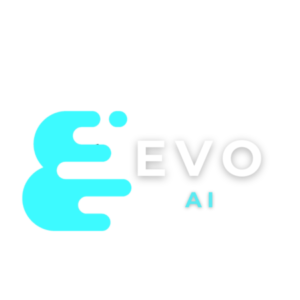
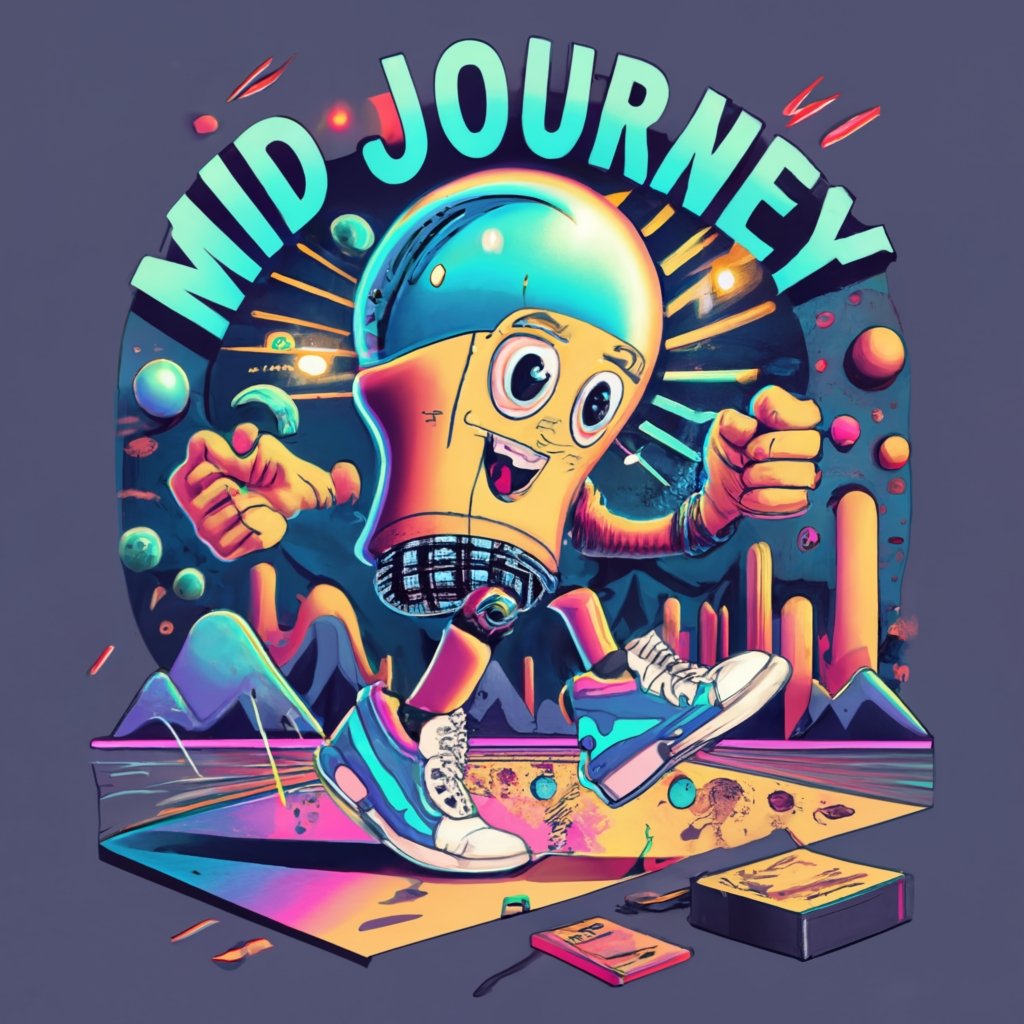
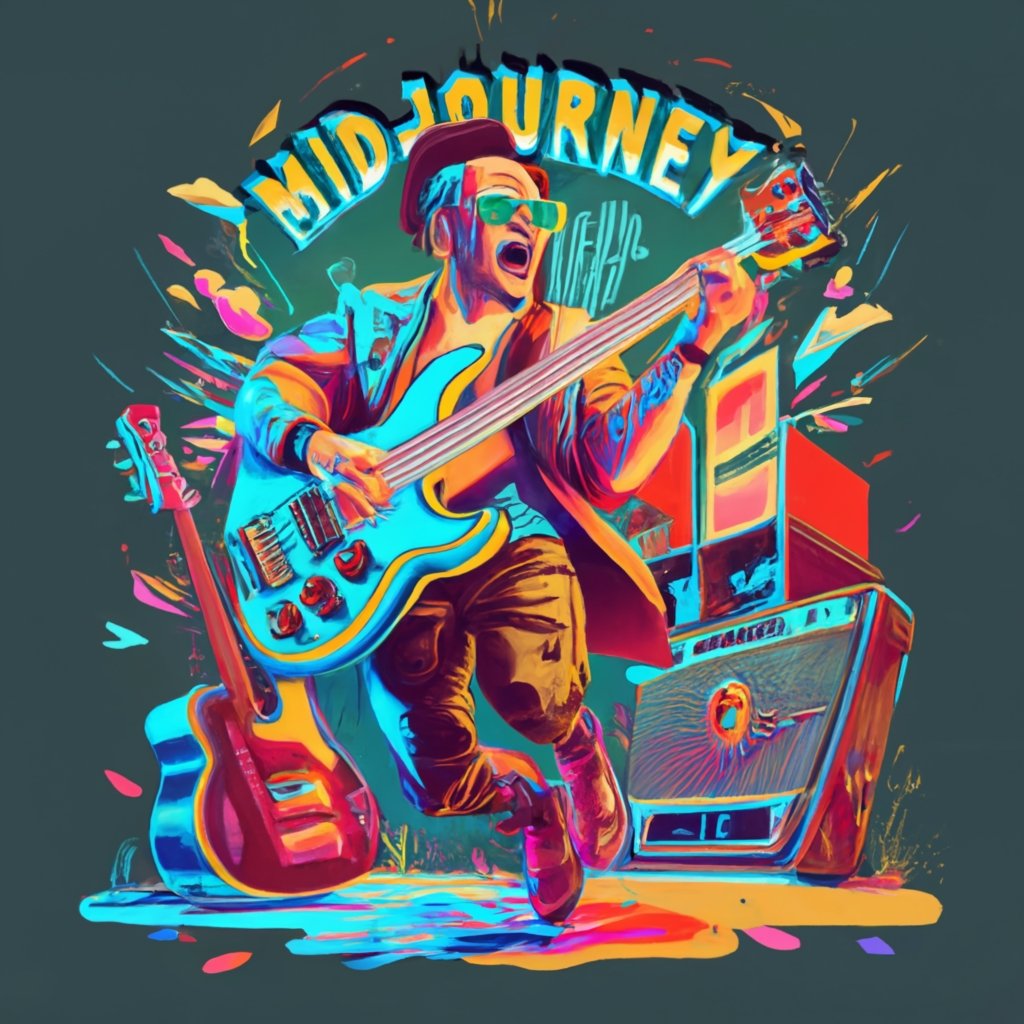
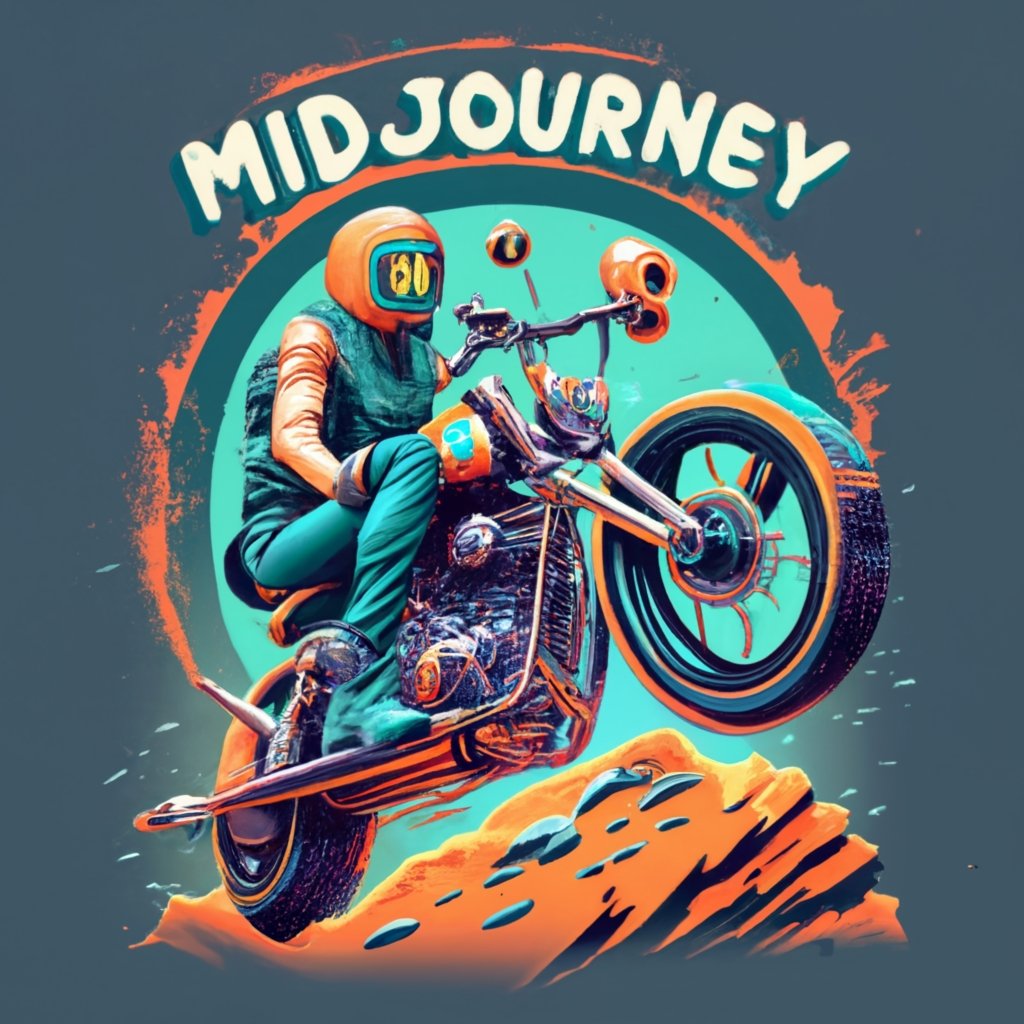

Leave A Comment